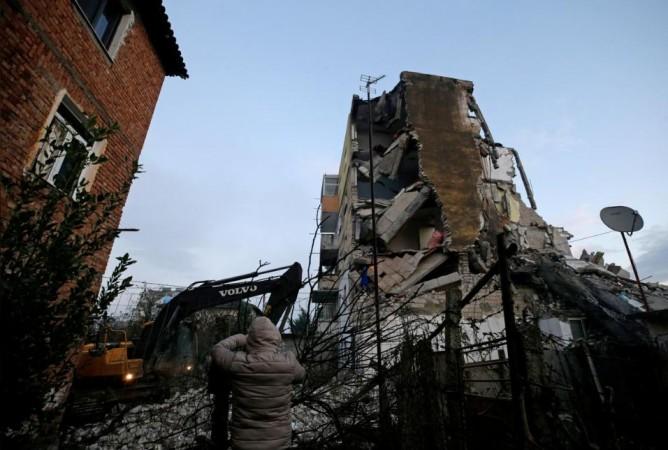A Japanese government panel said in a report on Tuesday that a massive earthquake in one of two deep-sea trenches off the country's northeast coast may kill up to nearly 200,000 people. Compared to 19,747 deaths recorded during the Tohoku earthquake in March 2011, this number will be ten fold.
The government panel said this time, tsunami waves higher than 10 metres could reach parts of the Tohoku region and Hokkaido if a mega quake with a magnitude of 9.1 occurs along the Japan Trench, which could kill 199,000 people and destroy 220,000 structures, as is estimated, reports said.
The study was started after the 2011 disaster in northeastern Japan. Geographically speaking, the volatile area of the 'Japan Trench' extends from the sea area south of Hokkaido to Iwate prefecture.

The panel also said the impact of a magnitude 9.3 mega quake along the Chishima Trench was estimated to trigger waves higher than 20 metres, which could hit eastern parts of Hokkaido, possibly leaving 100,000 people killed and up to 84,000 houses and buildings destroyed.
The part of the Chishima Trench in the study extends from waters off the Kuril Islands south to Hokkaido.
A massive earthquake striking in the Japan Trench and Chishima Trench in winter could respectively put 42,000 and 22,000 people in danger of dying of hypothermia as they would be forced to stay outdoors for long periods after the earthquake.

However, the panel estimates that the possible death toll could be reduced by about 80 per cent if strengthened disaster response measures take effect.
The steps include preparing tsunami evacuation shelters and ensuring that everyone in risky areas begins to evacuate within 10 minutes of an earthquake.
The government panel of experts has been studying the possible damage caused by an earthquake in the Chishima and Japan trenches, as well as the tsunami waves it could trigger.
(With inputs from IANS)














